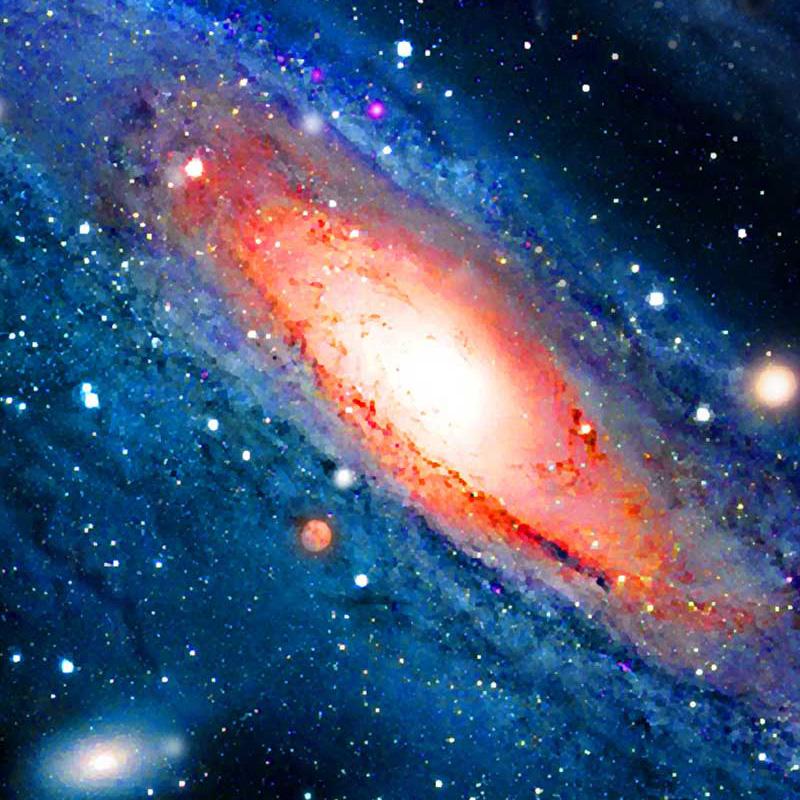Scientists find Mystery Object in Space
For the first time since 2004, a mystery object has made a reappearance near the Milky Way’s supermassive black hole, known as Sagittarius A* or Sgr A*. Deemed “G1” by scientists and astronomers alike, researchers recorded the object performing a tight orbit around Sagittarius A* roughly 10 years ago. However, new studies show promise that G1 may have a close relative.
G1’s reemergence has led many scientists to believe that the object may be related to a mass known as G2. A recent study conducted by a group at the Max Planck Institute for Extraterrestrial Physics shows that G1 followed a path nearly identical to G2 around the Milky Way galaxy’s black hole.
“The good agreement of the model with the data renders the idea that G1 and G2 are part of the same gas streamer highly plausible,” says Dr. Stefan Gillessen, a co-author on the new research, in an article on the official Max Planck Institute website.
This new discovery has caused scientific debate to spring up due to the fact that the composure and classification is yet to be determined. While Gillessen and his colleagues at the Max Planck Institute strongly believe that G2 is a gas cloud, a research team at the University of California Los Angeles argues otherwise.
“G2 survived and continued happily on its orbit; a simple gas cloud would not have done that,” said astrophysicist and leader of the UCLA research team on G2 Andrea Ghez to the UCLA Newspaper, UCLA Newsroom. “G2 was basically unaffected by the black hole. There were no fireworks.”
Also according to UCLA Newsroom, Ghez noted in her research that massive stars primarily come in pairs, concluding that G2 is more likely a star surrounded by a layer of dust and gas than anything else.
With millions of ideas and opinions scattered like constellations, scientists are left to search for more answers in an attempt to put an end to the mystery once and for all.
Your donation will support the student journalists of Calabasas High School. Your contribution will allow us to purchase equipment and cover our annual website hosting costs.







